Public Programmes

Bruce McLean, Installation for Various Parts of the Body, 1. The Nose, 1969

Agnes Denes, Isometric Systems in Isotropic Space - Map Projections: The Egg, 1974 - 76
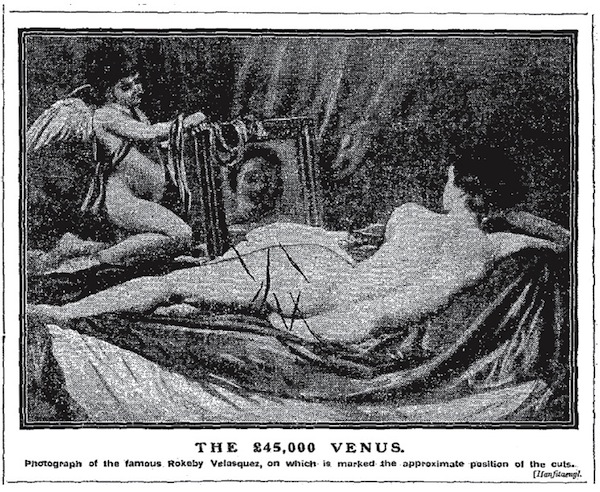
Newspaper cutting on the destruction of Diego Velasquez' Rokeby Venus, by Suffragette Mary Richardson, 1914. Research carried out by Carla Zaccagnini.

Installation view of Lucy Skaer's work in The Parliament of Things, firstsite, 2015
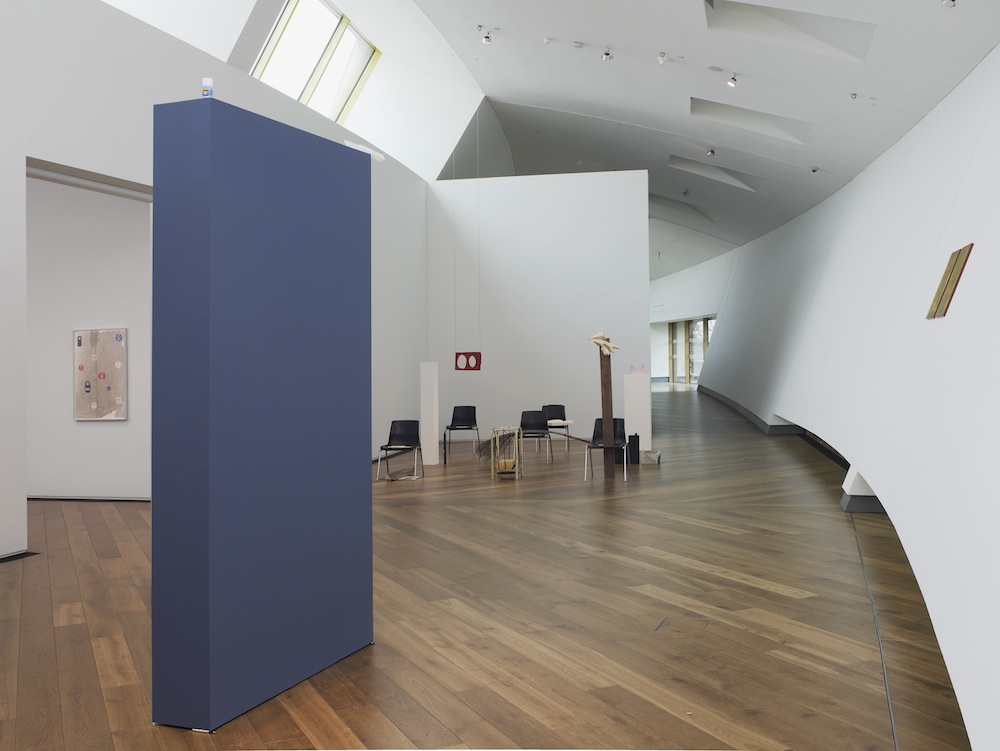
Installation view of The Parliament of Things, firstsite, 2015. Photo: Andy Keate.
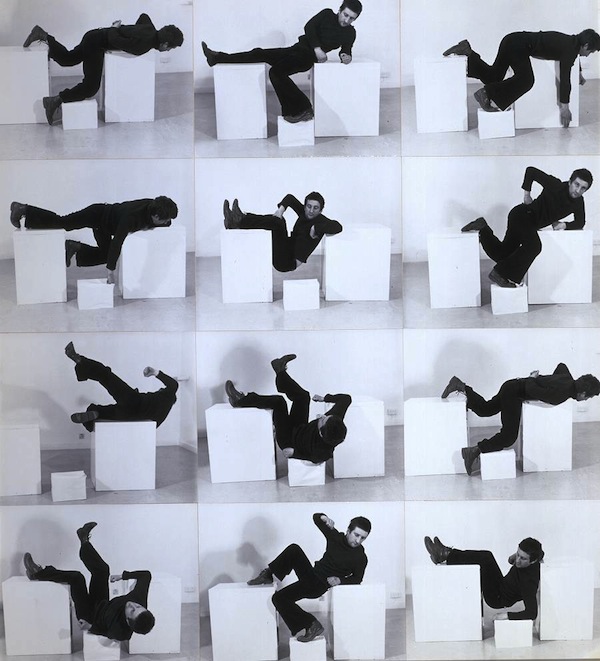
Bruce McLean, Post Work for Plinth I, 1971

Bruce McLean in conversation with Jon Wood, firstsite, 2014

Claire Dorsett, Bad Lighting, 2013
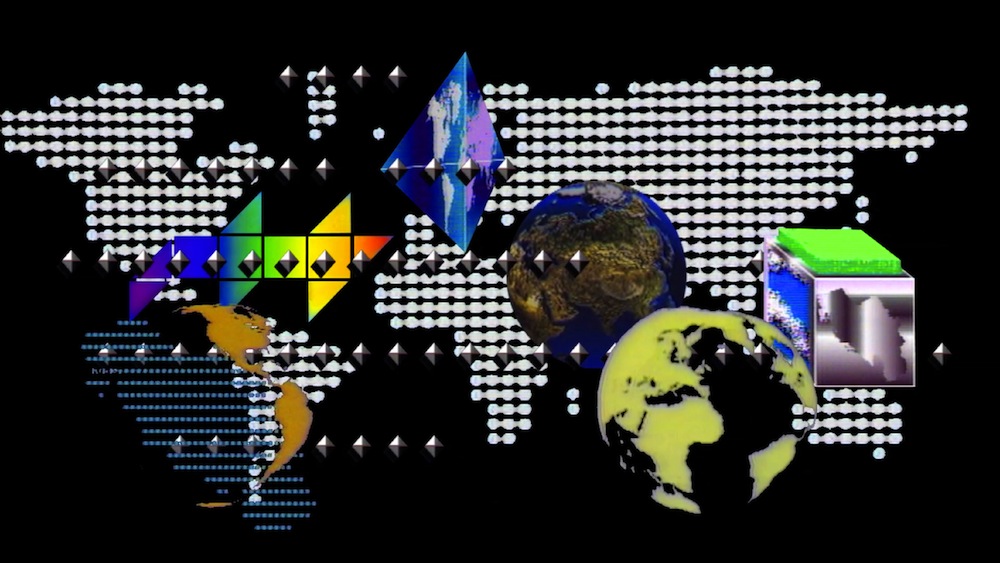
Aleksandra Domanovic, From Yu to Me (video still), 2013

Kim Dotcom's mansion, New Zealand, Charles Graeber's presentation at Owning the Immaterial, 30 May 2014

Simon Denny, The Personal Effects of Kim Dotcom, firstsite, 2014

Agnes Denes, Wheatfield - A Confrontation: Battery Park Landfill, Downtown Manhattan - With Agnes Denes Standing in the Field, 1982
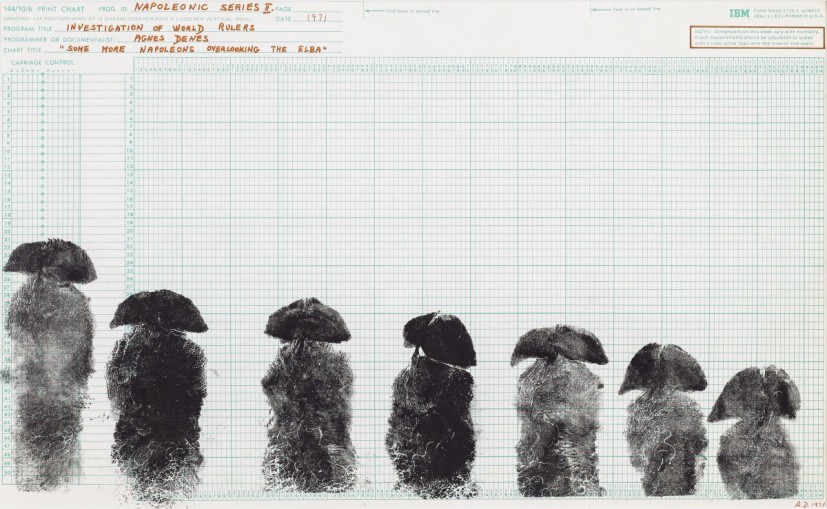
Agnes Denes, Napoleonic Series I: Investigation of World Rulers II - Some More Napoleons Overlooking the Elba, 1971
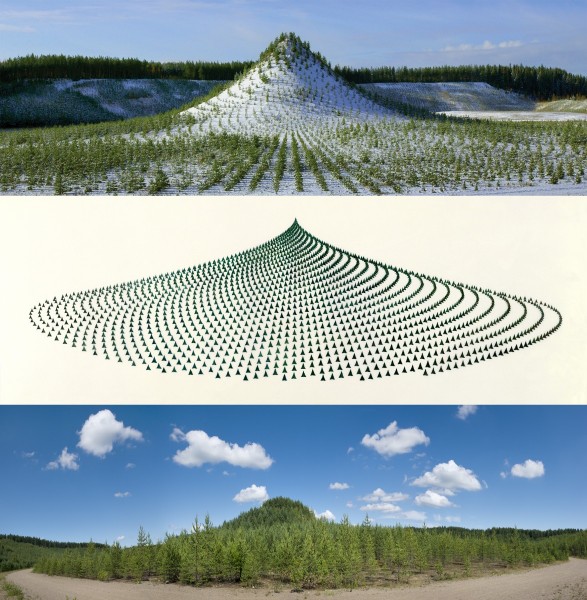
Agnes Denes, Tree Mountain - A Living Time Capsule, 1992-96/2013

Roger Hiorns, Untitled, 2010. Installation view, firstsite, 2013
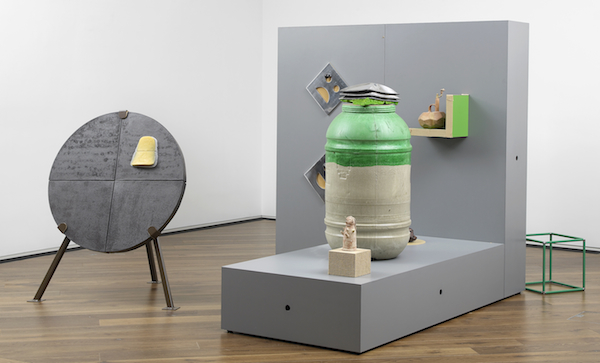
Installation view of Culpable Earth, Steven Claydon, Firstsite 2012. Photo: Andy Keate

Installation view of Culpable Earth, Steven Claydon, Firstsite 2012. Photo: Andy Keate
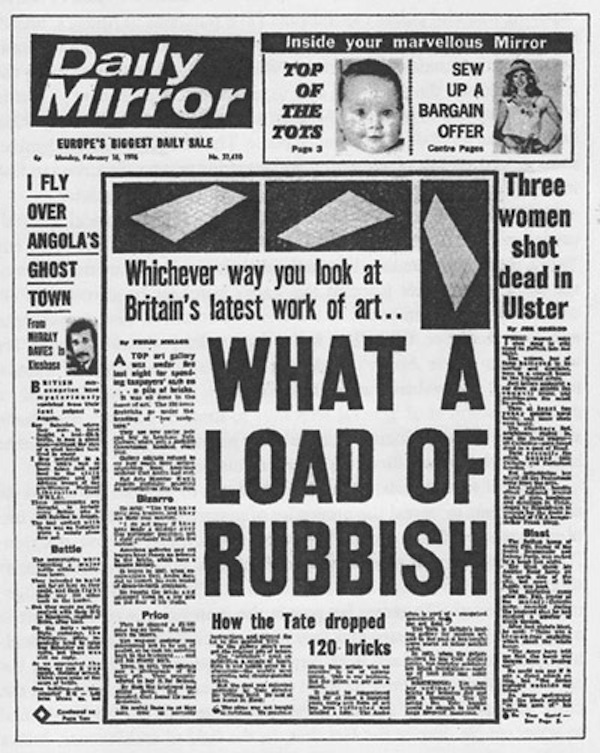
Front page of Daily Mirror, 16 February 1976

John Constable, Summer Sunset (date unknown)
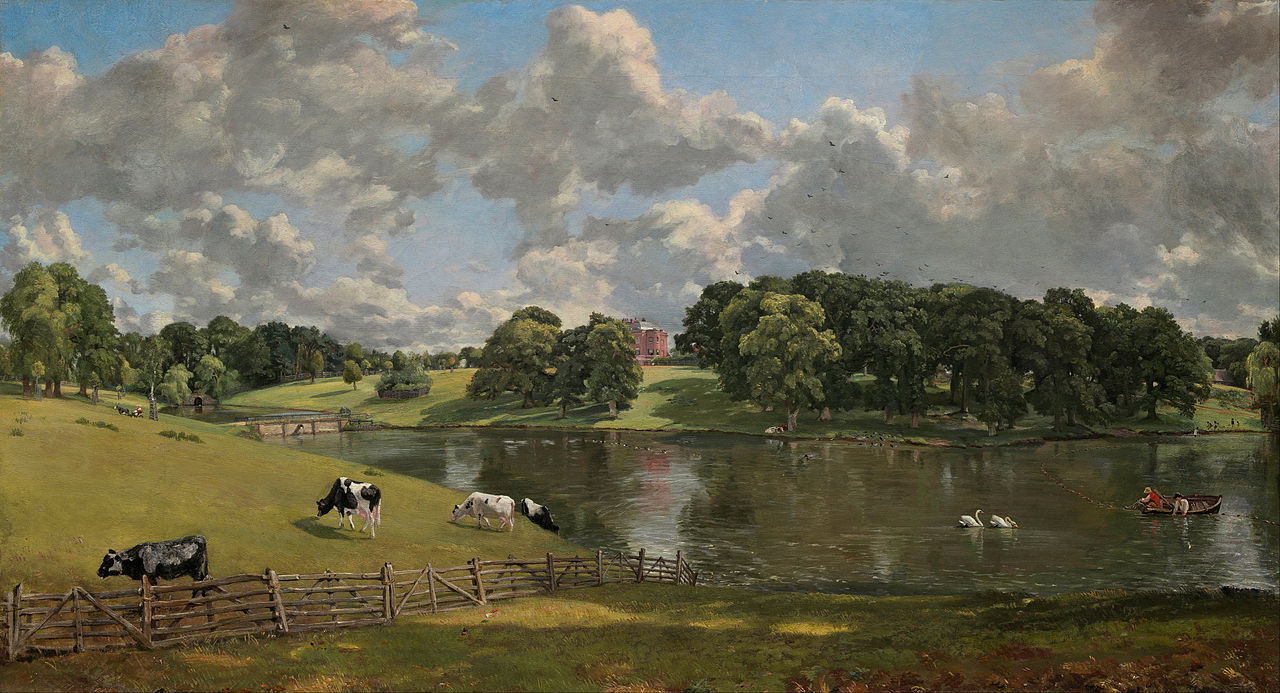
John Constable, Wivenhoe Park, Essex, 1816

Carl Andre, Equivalent VIII, 1966

Robert Smithson Chalk Mirror Displacement, 1969. Installation view, Camulodunum, firstsite 2011

Colchester Castle, Essex. Photo: David Grandorge

Colchester High Street 2013. Photo: David Grandorge
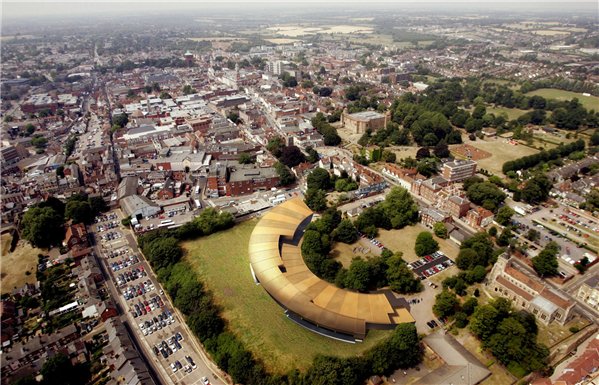
Aerial view of Colchester / firstsite's location within the town
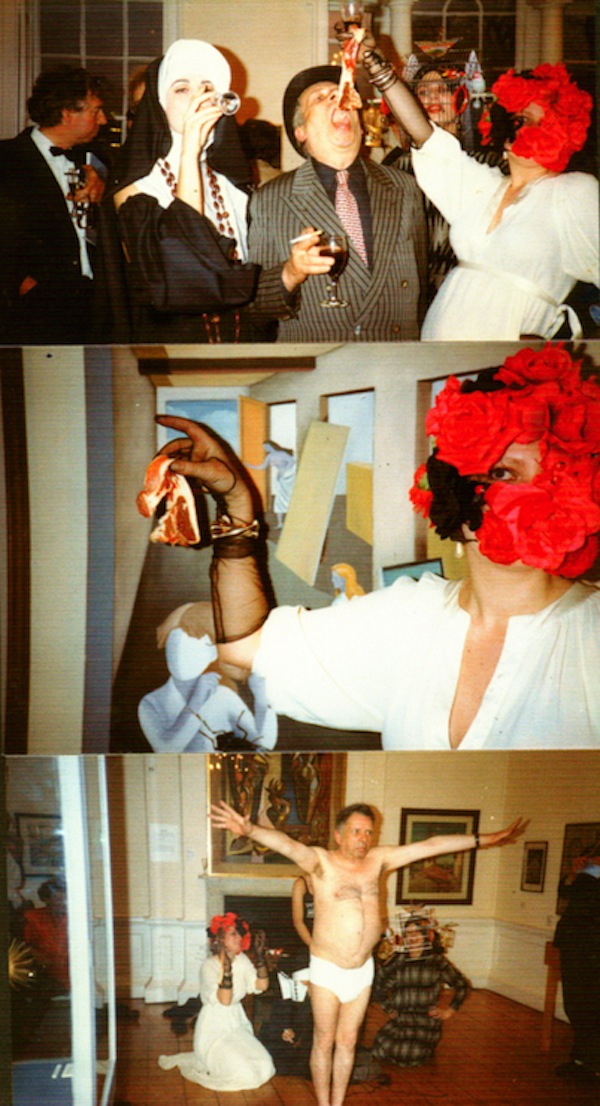
George Melly's strip tease at the Minories in 1970s Colchester. Louisa is feeding George bacon.
Image from Louisa's firstiste lecture, January 2012
Image from Louisa's firstiste lecture, January 2012
firstsite
I was Associate Curator, Public Programmes at Firstsite in Colchester, in East Anglia from 2008 - 2015. Firstsite has established a strong reputation for its ambitious exhibition and learning programme, bringing emerging artists as well as artists of international repute such as Anthea Hamilton, Steven Claydon and Agnes Denes to Colchester.I worked on a number of different Firstsite project strands: the public programme, commissions, publications and residencies. Working closely with the University of Essex I developed lecture programmes, placements and learning opportunities for students and staff. I organised and chaired a diverse range of events involving artists, cultural historians, local enthusiasts, academics, curators and architects including Johan Grimonprez, Florence Derieux, Barbara Stevini, Pablo Leon de la Barra, Mark Fisher, Alexandra Domanovic, Louisa Buck and Tom Morton.
Public programme for Carla Zaccagnini: Elements of Beauty and The Parliament of Things
4 Mar - 31 May 2015
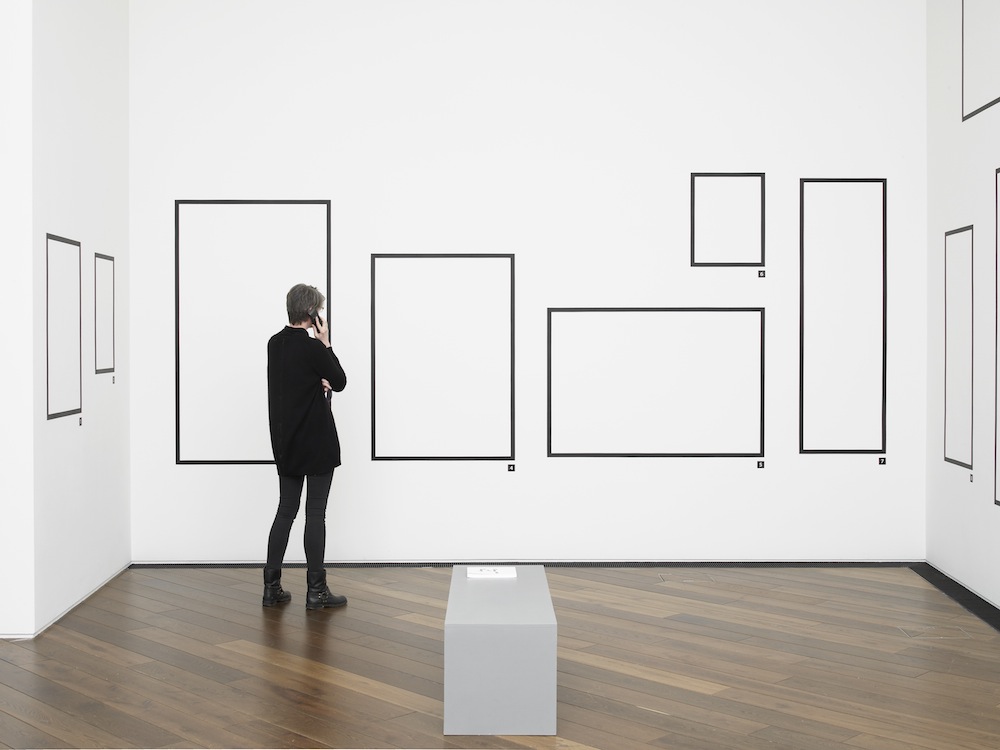
Carla Zaccagnini: Elements of Beauty, Firstsite,2015
The power of objects in movements for social changeGavin Grindon, University of Essex & curator of Disobedient Objects, V&A
Katie Faulkner, Courtauld Institute, London
25 March 2015
Objects play a powerful role in movements for social change. Banners, umbrellas, teapots and bicycles have all been used to great effect by demonstrators to campaign for some form of equality. Suffragettes used meat cleavers, hammers and knives to destroy artworks in public museums.
Gavin Grindon, curator of the acclaimed exhibition Disobedient Objects at the V&A earlier this year, and Katie Faulkner will discuss this art of rebellion and the extraordinary inventiveness that often comes with it.
9 May 2015
Carla Zaccagnini will discuss her practice with internationally renowned curator Pablo Leon de la Barra. Picking up on themes in Elements of Beauty relating to forgery, crimes and destruction, our speakers will discuss the point at which art acquires new meaning through unregulated action.
Artist talk: Maria Loboda
23 May 2015
Maria Loboda is a Polish-born artist who lives and works in Berlin. During her residency at firstsite in January and February this year, she investigated the culture and history of Colchester. Her research has informed the development of a new work that forms part of our current exhibition The Parliament of Things. Join us for this unique event in which Loboda talks about Colchester's secrets, contradictions and collusions.
Public programme for Bruce McLean: Sculpture, Painting, Photography, Film
14 June - 21 Sept 2014
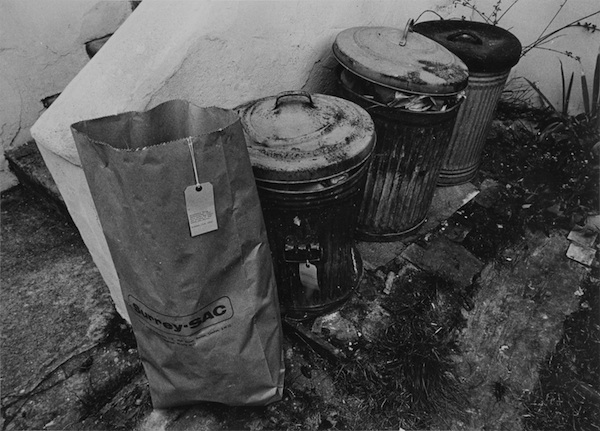
Bruce McLean, Disposable Sculpture Work, Barnes, 1969
Rethinking sculpture: art in the 1960sProfessor Lynda Morris, Norwich University of the Arts
26 June 2014
Bruce McLean's experimentation with conventional definitions of sculpture in the 1960s was part of a broader movement which questioned the way art was produced, displayed and talked about. Curator and art historian Lynda Morris will present McLean's work within this context, showing how the artist used a range of throwaway materials such as linoleum, hardboard, piping and ice to produce a body of work that was ephemeral, witty and deceptively casual.
The talentless Johnnie Ray
Bruce McLean in conversation with Jon Wood, Henry Moore Institute, Leeds
12 July 2014
The 1950s American crooner Johnnie Ray was a seminal influence on Bruce McLean who appreciated Ray's enormous success against all the odds (he was socially inept, cried when he sang and was fundamentally talentless). Join Bruce McLean and Jon Wood for a discussion about McLean's fifty-year long attempt to make something with nothing.
Toulouse Lautrec Party
Claire Dorsett, Chloe Steele, Corinna Till, Eddie Farrell, artists
Host: Klaas Hoek, Slade School of Fine Art
17 Sept 2014
In a recent interview Bruce McLean suggested that students and staff at The Slade should attach shoes to their knees and wander around in an awkward way, perceiving the world through the eyes of the famously diminutive French artist Toulouse Lautrec.Bruce McLean taught at The Slade for over twenty-five years where he continually encouraged his committed following of students to look at things differently. For this evening's talk, a number of McLean's ex-students will present short talks, screenings and performances made in response to McLean's practice as an artist and tutor.
Organised in partnership with The Slade School of Fine Art, University College London
Public programme for Simon Denny and Alexsandra Domanovic
22 March - 1 June 2014

Simon Denny, The Personal Effects of Kim Dotcom, 2013
Owning the immaterial: art, technology and cultureSymposium, 30 May 2014, firstsite
Jes has organised an afternoon symposium which brings together a group of international speakers to consider the subject of ownership in the internet age, taking the work of artists Aleksandra Domanovic and Simon Denny as a starting point for discussion.
Curators, artists, journalists and academics will address a wide range of issues including the tension between material and immaterial values; ownership, property and theft in the age of the internet; and the shift of power from the establishment to the individual through digital media.
The event is part of the public programme for firstsite's current exhibitions Simon Denny: The Personal Effects of Kim Dotcom and Aleksandra Domanovic (22 March - 1 June 2014).
Speakers:
James Bridle, artist, writer, publisher and technologist
Simon Denny, artist
Aleksandra Domanovic, artist
Mark Fisher, writer and lecturer, Goldsmiths
Charles Graeber, New York based writer who has a close working relationship with Kim Dotcom and writer for the New York Times, Wired and The New Yorker
Kieran Long, senior curator of contemporary architecture, design & digital, V&A
Paul Pieroni, curator, SPACE
Chair:Matthew Fuller, Professor of Cultural Studies at the Digital Culture Unit, Centre for Cultural Studies, Goldsmiths
More info
This event was recorded and live streamed by This is Tomorrow:
Part I
Part II
Part III
Public Programme for Agnes Denes: Work 1967 - 2013
23 Nov 2013 - 9 Mar 2014

Agnes Denes, Held, 1971
Curator's talk: Florence Derieux, Director at FRAC Champagne-Ardenne15th Feb 2014
In her forty-five year career, Agnes Denes has produced an extensive body of work including drawings, large-scale land art projects, poems, philosophical tracts and performances. This is a unique opportunity to hear Florence Derieux, the curator of 'Agnes Denes Work 1967 - 2013', talk about Denes' current work as well as seminal projects from throughout her career.
Florence Derieux was a curator at the Palais de Tokyo in Paris and later became deputy director of the Picasso Museum in Antibes before taking up the post of Director at FRAC Champagne-Ardenne. In 2013 she curated the offsite programme of commissions for Art Basel in Switzerland.
Philosophical Drawing: visualising the invisible
Anna Lovatt, Lecturer in Modern and Contemporary Art History, University of Manchester
5 March 2014
Agnes Denes' drawings are an important part of her practice which is often overlooked. These include body prints, philosophical drawings and map projections, many of which use mathematical symmetry and geometric codes to create an alternative perception of space and time. As the artist states, in her drawings she is "working with a paradox, defining the elusive, visualising the invisible, communicating the incommunicable."
Anna Lovatt is currently working on a book, Drawing Degree Zero, that considers drawing practices of the late 1960s and early 1970s in relation to post-Minimal and Conceptual art. For this talk, she will position Agnes Denes' drawing practice within her research.
Roger Hiorns and Tom Morton in conversation
12 April 2014
'My role is to identify objects, procedures and ritualistic behavior; to isolate them and transpose them elsewhere.' Internationally acclaimed, Turner Prize nominated artist Roger Hiorns will talk about Untitled (2010), currently on display in Firstsite's entrance space, as well as current projects. He will be joined by independent curator and writer Tom Morton who co-curated British Art Show 7, was previously curator at the Hayward Gallery in London and is contributing editor of Frieze magazine.
Public Programme for Steven Claydon Culpable Earth
4 Feb - 7 May 2012
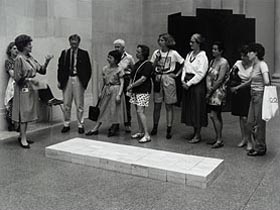
Carl Andre, Equivalent VIII, 1966
This programme of talks organised by Jes focused on the display of paintings by Constable and Andre's Equivalent VIII, curated by Steven Claydon.Carl Andre named his infamous series of stacked bricks after a group of early twentieth century cloud studies by the American photographer Alfred Stieglitz, (Equivalents, 1925 - 34) which are widely considered to be one of the first abstract photographs. Shown alongside Constable's paintings of rainstorms and sunsets, Claydon highlights the original significance of Andre's title, which referred to the eight different arrangements of bricks, which shared the same height, mass and volume and were therefore 'equivalent' to each other.
This bold juxtaposition of 19th century landscape painting with 20th century minimalism is the subject for discussion in a programme of talks at firstsite over the coming months. High profile speakers discussed the connection between the paintings and the sculpture as well as the Tate furor over the acquisition of Equivalent VIII and the mesmeric qualities of cloud spotting.
Sandy Nairne, Director, National Portrait Gallery
1 March 2012
Sandy Nairne was a young researcher at the Tate when the media storm surrounding the acquisition of Carl Andre's 'bricks' broke out in 1976. Heralded as the most significant and heated debate on the subject of contemporary art in post-war Britain, Equivalent VIII is seen as a watershed moment in the history of 20th art and its relation to the general public. For this evening's talk, Sandy Nairne will recall this furor and the role he played in attempting to acquire a set of replacement bricks when the originals were doused in blue vegetable dye by an enthusiastic visitor.
Gavin Pretor-Pinney, author of The Cloudspotter's Guide
3 March 2012
Twenty eight publishers rejected The Cloudspotter's Guide before Sceptre published it in 2004 and it became an instant bestseller. The book is the first official publication of The Cloud Appreciation Society which Pretor-Pinney set up to celebrate all things cloud related. For this afternoon's talk, he will take the audience on a humourous and instructive tour of the sky, introducing different characters in the cloud family and settle pressing questions such as which variety of mackerel lends its name to the mackerel skies of the cirrocumulus stratiformis undulates. He will also briefly discuss the Constables on display at firstsite and the artist's keen interest in meteorological terminology.
William Feaver, art critic for the Guardian
24 March 2012
"In a sketch," John Constable once said, "there is nothing but the one state of mind - that which you were in at the time." The Constable paintings on display at firstsite are intimate studies painted by the artist in the latter part of his career. William Feaver, acclaimed art critic and co-curator of the Constable exhibition at the Grand Palais in Paris in 2002 with Lucian Freud, will take us through these studies and respond to the juxtaposition of the paintings with Carl Andre's Equivalent VIII.
Professor Neil Cox, University of Essex and Alistair Rider, University of St Andrews
26 April 2012
Constable was born and brought up on the Suffolk/Essex border where the skies and landscape were a constant source of inspiration to him. Neil Cox, Professor of Art History at University of Essex and co-author of Constable and Wivenhoe Park has studied his legacy within a local context. Alistair Rider has recently written a Phaidon monograph on the work of Carl Andre entitled Things In Their Element which focuses on materials as a source of inspiration for Andre. This evening, the two art historians will discuss the work of the two artists, putting their practice in a broader context and highlighting the link with Alfred Stieglitz' series of photographs from the 1920s, Equivalent.
Public programme for Camulodunum
25 Sept 2011 - 22 Jan 2012
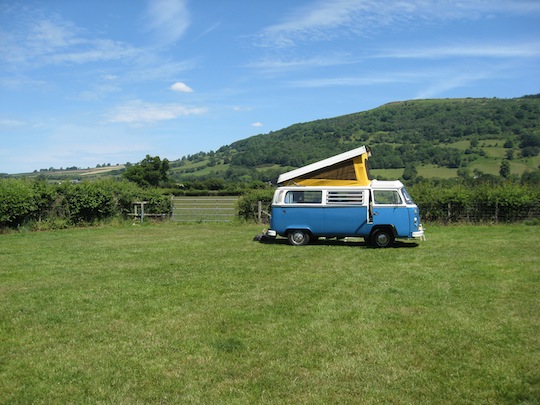
Charlotte Higgins' camper van
For the opening programme in 2011 / 2012, Jes organised a series of talks and lectures that took the opening exhibition Camulodunum as a starting point for a discussion about Colchester - its history and its present. Speakers included historians, art and architecture critics and artists.Camulodunum: image and reality
Andrew Philips, Associate of the Centre for Local & Regional History, University of Essex
Chair: Dr Alison Rowlands, History Department, University of Essex
For the last thousand years Colchester has been described as a town of great antiquity, 'complete with many antique ruins'. How that antiquity has been perceived and branded, however, has changed over time. Andrew Phillips explores how succeeding generations have interpreted Colchester's past to create a narrative that suits the present. Andrew will also look at the relationship of popular culture to history, questioning the role that the entertainment industry has to play in our understanding of the past.
Roman Britain from a campervan
Charlotte Higgins, chief arts writer, the Guardian
Charlotte Higgins has been touring Roman Britain gathering material for a forthcoming book. But why is Roman Britain worth thinking about today? Charlotte compares her own experiences of visiting Roman Britain's ruins in a VW campervan with those of the - usually rather more elegantly conveyed - gentleman antiquaries of the 18th century.
Dust, fire and Roman coffins: Land Lane Brickyard in the 1950s
John Cant, Literature, Film and Theatre Studies, University of Essex
John Cant was born in Colchester in 1937 and worked in the brickyard in Land Lane (near Castle Park) in his teenage years along with his father and cousins. In an extraordinary tale involving coal dust, Roman coffins and Dutch women working in the neighboring fields, Cant will look at how a 19th century working environment existed in Colchester up until the 1960s. The legacy of the brick works exists in many seminal Colchester buildings such as Jumbo and the former public library near Culver Square.
Three towns, three battles for art in the community
Jay Merrick, architecture critic, Independent
The so-called Bilbao Effect has glossed over the huge difficulties that regional towns face when creating new and radically different forms of arts centre. The people of Colchester can be excused for thinking that the birth-pangs of firstsite were uniquely tortuous. But as architecture critic Jay Merrick explains, the shock of the new, in the form of the cultural buildings produced by Lottery funding, has always been massively challenging. Merrick will discuss key issues in the process that led to firstsite's new home, positioning it the context of the two big Lottery-funded arts projects that immediately preceded it - Margate's Turner Contemporary, and Wakefield's Hepworth.
Jay Merrick is the author of a forthcoming book about firstsite, published by Scala in 2012.
The Hole in the Wall: Colchester in the 1970s
Louisa Buck, art critic and contemporary art correspondent for The Art Newspaper
Acclaimed art critic Louisa Buck grew up in Colchester and spent her teenage years lurking in the back snug of The Hole in the Wall with her disenchanted gang of friends. Growing up against a backdrop of fabulous historical characters such as the ghostly roman centurion who haunted Ray Island, the Viking brothers who fought over the sister of the martyred St Osyth and the fearless Boudicca, Louisa's childhood was rife with fantastical tales of slaughter, legend and martyrdom.
